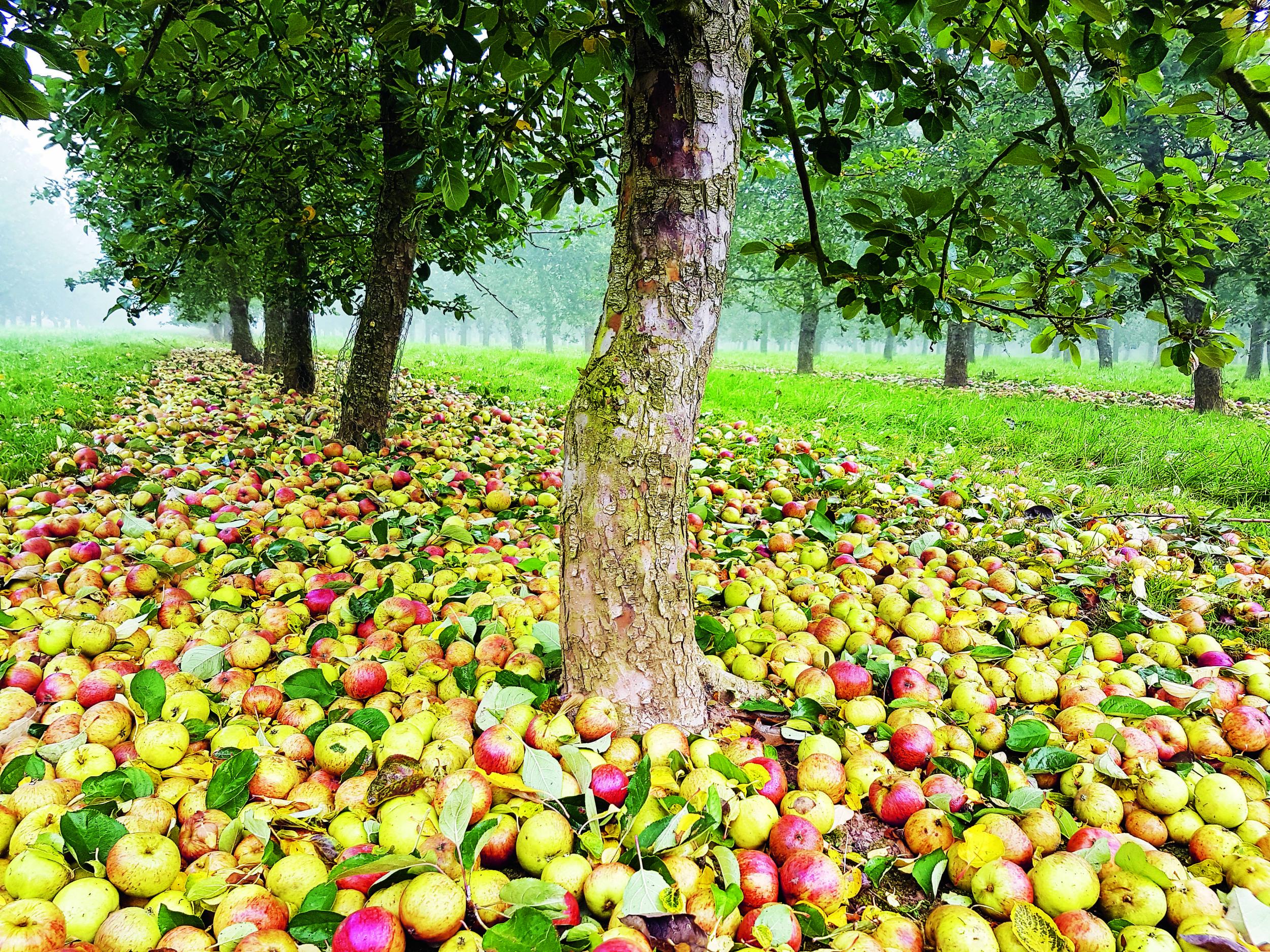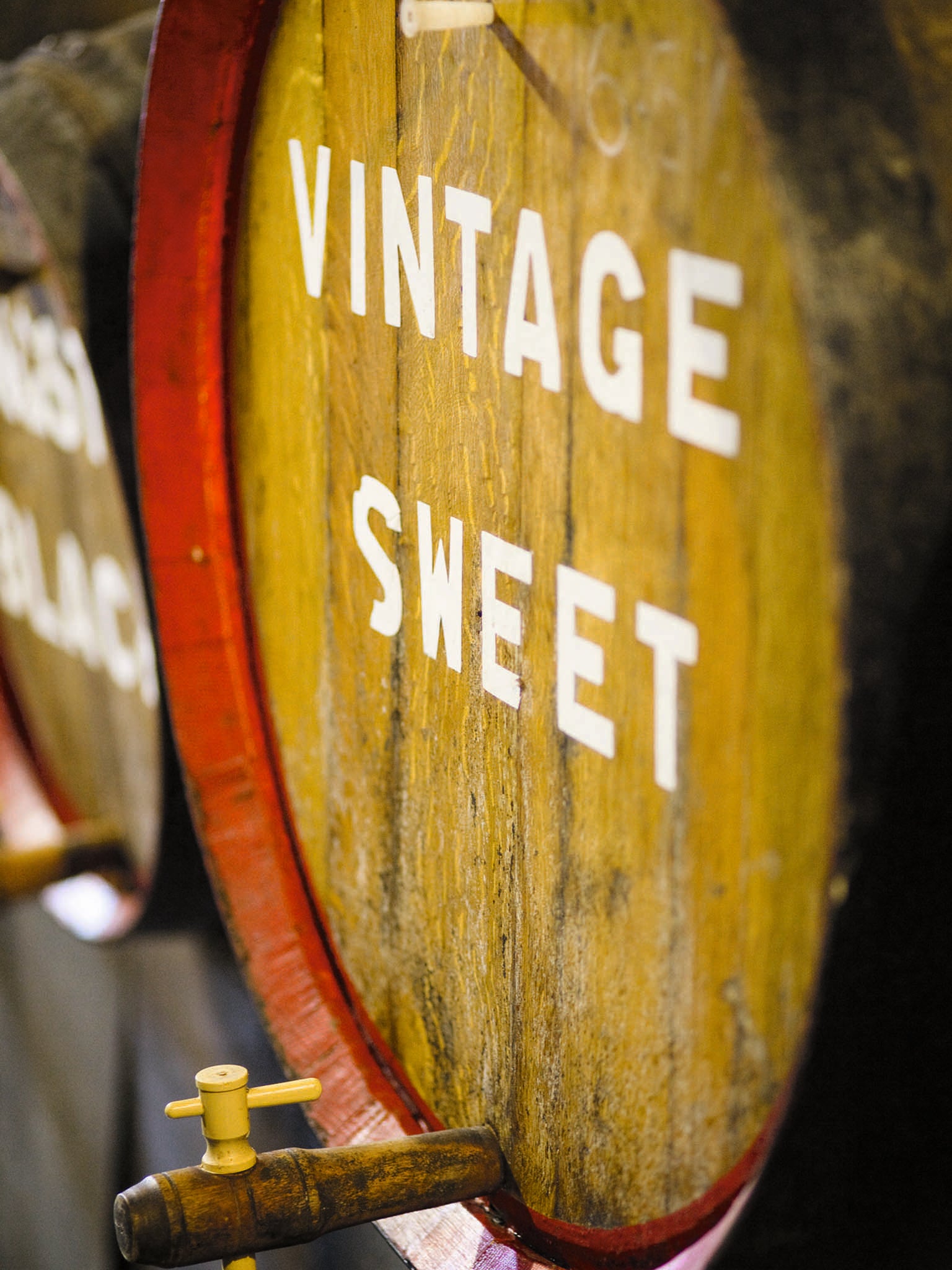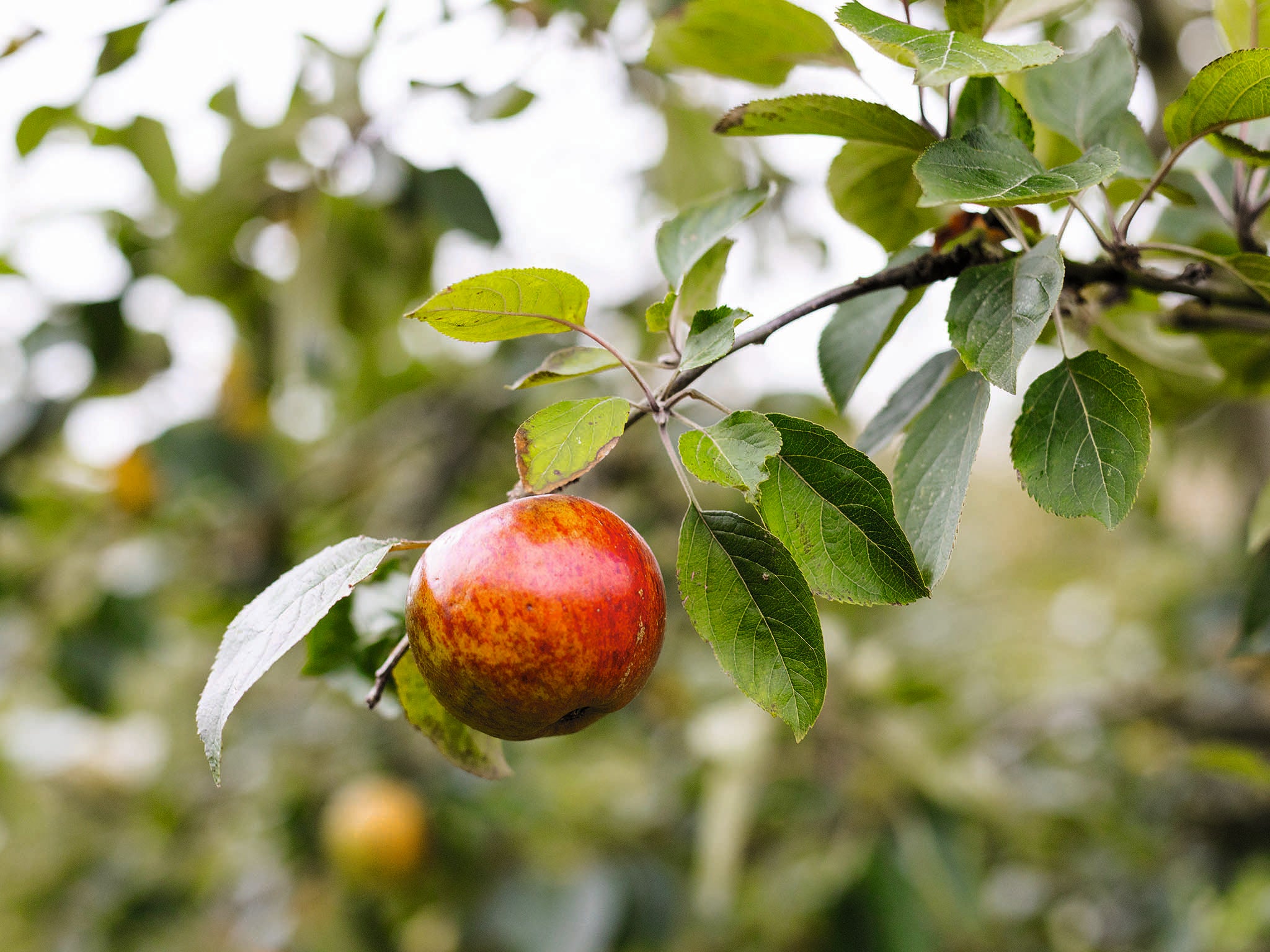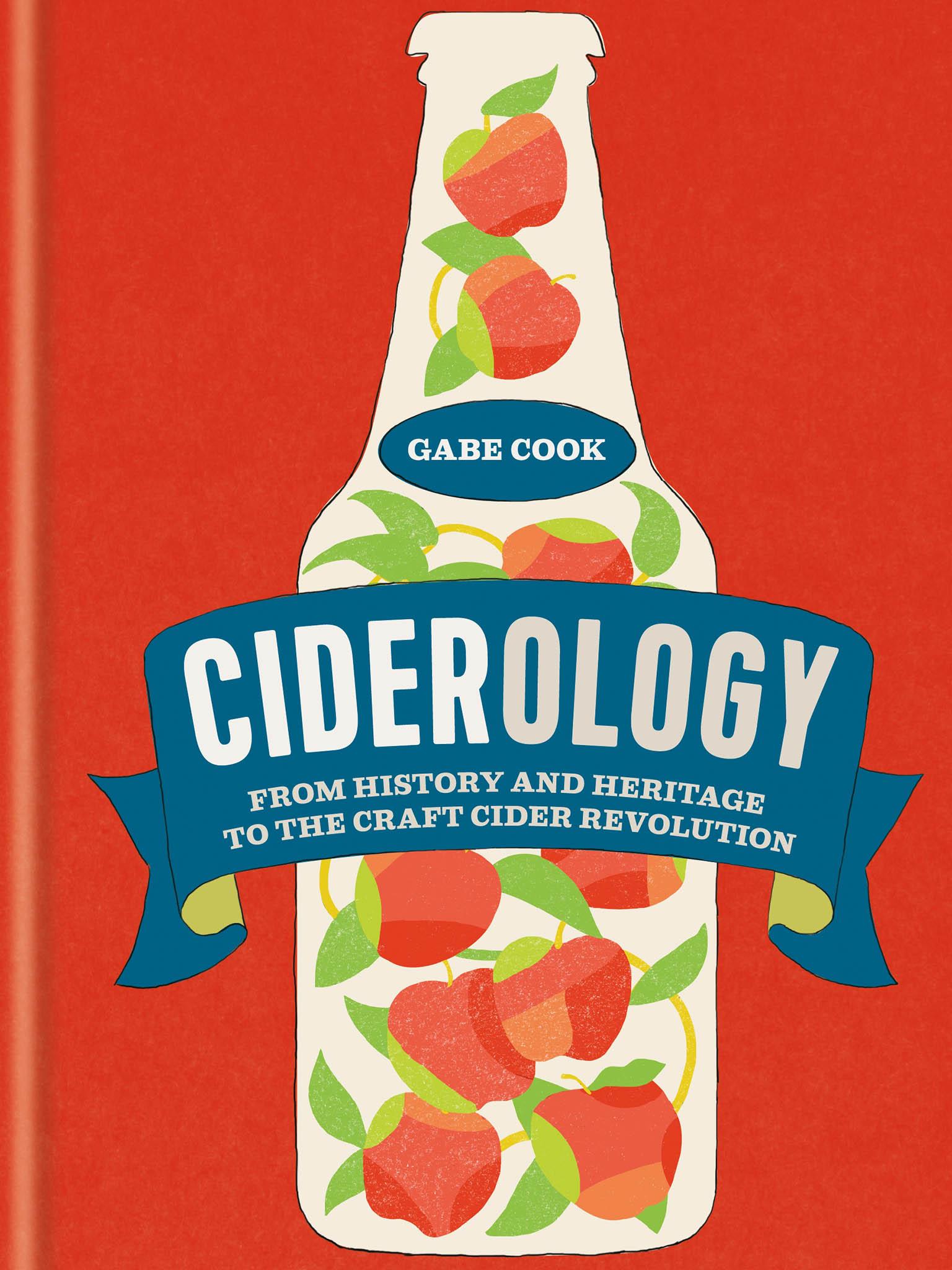Bittersweet symphony: The apples at the core of all good cider
Celebrating the humble apple in one of its best loved uses, Gabe Cook explains how British cider varieties got to where they are – and makes the case for applying wine terminology to the beverage

Your support helps us to tell the story
From reproductive rights to climate change to Big Tech, The Independent is on the ground when the story is developing. Whether it's investigating the financials of Elon Musk's pro-Trump PAC or producing our latest documentary, 'The A Word', which shines a light on the American women fighting for reproductive rights, we know how important it is to parse out the facts from the messaging.
At such a critical moment in US history, we need reporters on the ground. Your donation allows us to keep sending journalists to speak to both sides of the story.
The Independent is trusted by Americans across the entire political spectrum. And unlike many other quality news outlets, we choose not to lock Americans out of our reporting and analysis with paywalls. We believe quality journalism should be available to everyone, paid for by those who can afford it.
Your support makes all the difference.OK, so here’s a confession – I’m not much of a fan of apples. Well, what I mean to say is that I’m not much of a fan of eating apples. I remember when I was a little boy, the kindly local greengrocer would give me a beautiful, vivid green apple every time I went shopping with my Mum.
And every time I’d nibble a little bit and then proclaim that I didn’t like it. It obviously didn’t scar me too much, however, for it is the celebration of the humble apple, in all its manifold forms, that is the basis of everything I do.
The variety of apple that is used to make a cider will go a long way in determining its aroma, flavour and mouthfeel.
Because here’s the thing: the apple is (pardon the pun) at the core of all ciders. It should therefore come as no surprise that the variety of apple that is used to make a cider will go a long way in determining its aroma, flavour and mouthfeel. The obvious analogy, of course, is with wine, and rightly so, for cider in many ways is “temperate” wine.
Just as with grapes for wine, cultural and geographical factors have led to different types of apple being traditionally grown for making cider in different parts of Europe. In northern France, these were (and still are) characterised by the presence of tannins, and it is these apple varieties that William the Conqueror’s descendants introduced into Britain. The West Country cider tradition was beginning.
Removed from their native environment and with new cultural influences and crossbreeding opportunities, a whole new raft of cider apple varieties have developed in the UK over the last 700 years. This heritage of making cider from tannic apples was largely confined to the west of England, the good growing areas of the southeast being given over to the production of fruit for the London table market.

But it wasn’t until the 19th century that a truly scientific approach to cider apple documentation began in the UK. One of the first to contribute to it was the future president of the Royal Horticultural Society, Thomas Andrew Knight: inheriting three separate estates in Herefordshire, he used the 4,000 hectares (10,000 acres) of land at his disposal to undertake considerable horticultural research.
From a cider perspective, his pièce de résistance appeared in 1811. Entitled Pomona Herefordiensis, it was the first published account of native cider apple varieties. It contained descriptions of the fruit, their growing habit and properties, as well as beautiful hand-coloured plates. This text was instrumental in shedding light on an industry that was in the doldrums at this time. So much knowledge of these varieties had been lost that it was essential to have a benchmark to ascertain what was understood and what was missing.
By the end of the 19th century, cider was starting its move from agricultural labourer’s drink to commercial product. Accompanying this paradigm shift came organisations that sought to bring full scientific rigour and knowledge to the burgeoning industry.
Top of the list was the National Fruit and Cider Institute, founded in 1903 just south of Bristol. It came to be known as the Long Ashton Research Station (Lars) and later branched out into fruit research.
The first director of this facility was a man by the name of BTP Barker, who quickly sought to establish an order among the myriad names, types and styles of cider apple being grown in the west of England. He used the relative proportions of the two main flavour and aroma building blocks in apples – acidity and tannin – to create a classification. The result of his efforts was the English Cider Apple Classification System, still used to this day.
Most cider apples grown in the UK today fall into the “bittersweet” category. The presence of tannin makes them quite different from eating and cooking apples. The vast majority of these apples are unpleasant to eat, very bitter and with mouth-bending astringency. But it is precisely these properties that provide structure and complexity to the resultant cider.
A language for cider
I am a huge advocate of speaking about cider in the same way as we do about wine, because they are made in such similar ways and because wine has achieved the high value perception (HVP) that I would love to see given to cider. The fact that cider apples have nuances and differences, just as wine grape varietals do, only seems to bolster this proposition. What am I talking about? I am talking about vintage characteristics.
Vintage cider
The term “vintage” in the context of cider was first used by Hogg and Bull in the Herefordshire Pomona of 1888 – a catalogue of popular cider apples of the time (many of which are still widely used today). “Vintage quality” in this context means “able to produce complex and satisfying flavours and aromas”. So as a descriptor it is entirely based on enjoyment, rather than on anything you can actually measure.

Some cidermakers believe that “vintage” should be attributed to a particular style, namely one that has rich, full tannins and has been aged to develop broad phenolic aromas. But, I believe, the greatest opportunity is to use the term just as the wine industry uses it – to denote the product from a single year’s harvest. Its most basic function, therefore, is to tell the consumer the age of the wine. But of more profound importance, the vintage allows the winemaker to express that wine in the style that befits the specific characters that are accentuated in that particular year. It emphasises the difference between a wine made in two different years but from the same fruit – so it is actively moving away from homogeneity. And this is precisely what cider has the opportunity to do. Some cidermakers already do this. These are the “orchard” cidermakers, who place emphasis on varietal selection and vintage variation.
But how and why do we get these variations? If fruit from the same trees is processed using the same production methods in two successive years, how can the resulting ciders be different from each other? The answer lies in every British person’s favourite obsession – the weather.
The climatic conditions in the annual fruit cycle, culminating in the autumnal harvest, are different from one year to the next. Each is, in fact, unique, with a bespoke set of elements contributing to the properties of that year’s fruit.
A complex set of factors intertwine to create each year’s growing conditions, but there are some major ones we can look at. First, there is the crucial blossom period. In the spring, Mother Nature puts on a riotously beautiful show, with hedgerow trees and fruiting trees sporting their delicate flowers for pollination.
Unlike stone fruits such as peaches and nectarines, top fruits such as apples are almost always self-infertile. This means that you need pollen from another variety to cross-pollinate with every apple tree in order for fruit to be formed.

This pollination process is largely undertaken by insects, who are encouraged by warm, dry weather – it makes orchards literally buzz with activity. Cool, wet weather, on the other hand, makes our pollinating friends much less inclined to come out and play. Even more devastating is when an orchard is exposed to a late frost during blossom time. This can effectively “burn” and kill off the blossom, so no fruit is formed. Apples respond positively to sunshine.
Sunshine converts starch into readily fermentable sugar, while a dry year helps to increase the complexity and intensity of flavour. A cold, wet year will generally produce ciders with less intense flavours. Alas, around the world, there are a number of hurdles to utilising the term “vintage”. The global wine industry has a vice-like grip over terminology that it has come to use over the years. As a result, in some markets, like the UK, there are strong stipulations on how the term can be used and the order of wording. In other markets, like the US, the term currently cannot be used at all. The struggle continues.
Extracted from ‘Ciderology: From History and Heritage to the Craft Cider Revolution’ by Gabe Cook. Published by Spruce £16.99, octopusbooks.co.uk. Photography by Bill Bradshaw
Join our commenting forum
Join thought-provoking conversations, follow other Independent readers and see their replies
Comments